Cleveland Clinic specialists offer annual refresher on upper extremity fundamentals
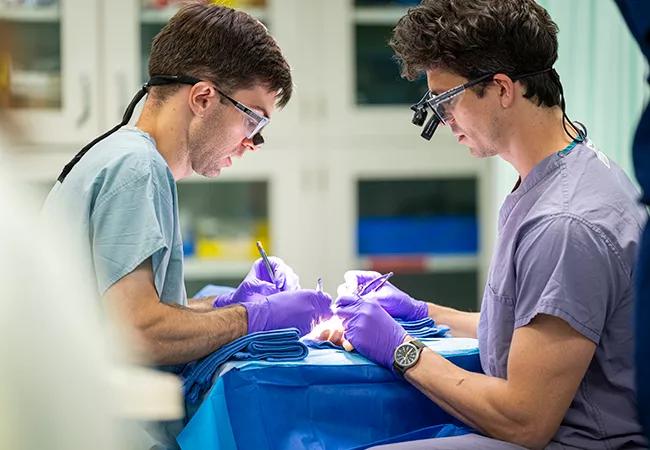
Incoming hand surgery fellows had a novel opportunity to review upper extremity fundamentals at a two-day Hand Fellows Boot Camp in August. It was the second time Cleveland Clinic hosted the event, a combination of classroom presentations and hands-on experience in a simulation lab.
Advertisement
Cleveland Clinic is a non-profit academic medical center. Advertising on our site helps support our mission. We do not endorse non-Cleveland Clinic products or services. Policy
“Many trainees starting hand surgery fellowships have not had a rotation in upper extremity surgery in more than a year,” says Joseph Styron, MD, PhD, a Cleveland Clinic upper extremity surgeon who is Director of the Cleveland Combined Hand Fellowship. “It’s easy to forget the fundamentals without daily practice. So, we conceived this boot camp to refresh incoming trainees on basic principles and techniques before they begin their fellowship programs.”
The 2023 boot camp welcomed 15 trainees from five programs: Cleveland Clinic, Allegheny General Hospital, The Ohio State University College of Medicine, University of Pittsburgh Medical Center (UPMC) and UPMC Hamot. Industry sponsors provided grants to pay for travel, room and board, so there was no cost for trainees to attend.
Dr. Styron and other hand and upper extremity surgeons from Cleveland Clinic’s main campus, Cleveland Clinic Florida, Cleveland Clinic London, MetroHealth (Cleveland) and The Ohio State University planned and led the training.
“Each instructor brought their own expertise and perspectives,” says Ramon Tahmassebi, MBBS, BSc, FRCS, an orthopaedic and trauma surgeon at Cleveland Clinic London. “They aided in the didactic sessions and supervised trainees in the cadaver lab. The program is a perfect example of the value of collaboration throughout Cleveland Clinic and with our peer institutions.”
Day 1 sessions focused on the fundamentals of peripheral nerve repair. Day 2 sessions focused on fracture fixation of the upper extremity and using approaches mindful of the soft-tissue envelope. Each session began with a didactic discussion and transitioned into the simulation lab for hands-on experience. Trainees performed an array of procedures, including:
Advertisement
“We had two trainees per cadaver station, so everyone got to practice every technique and approach,” says Dr. Tahmassebi.
Among other basics, lessons emphasized:
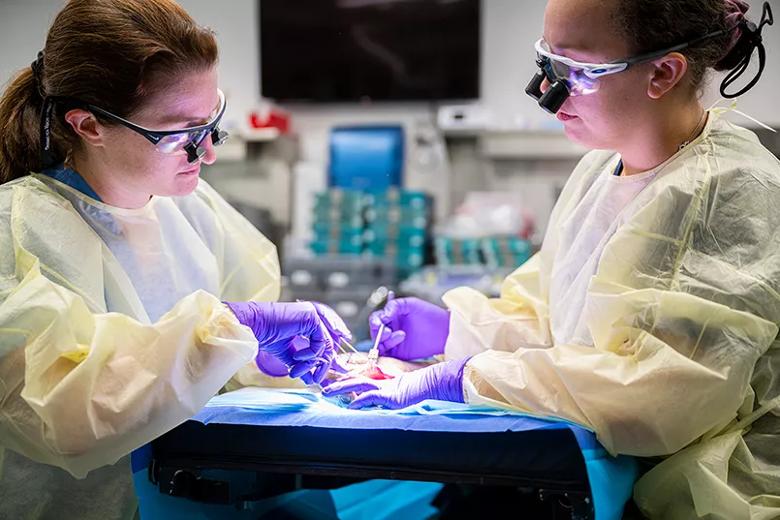
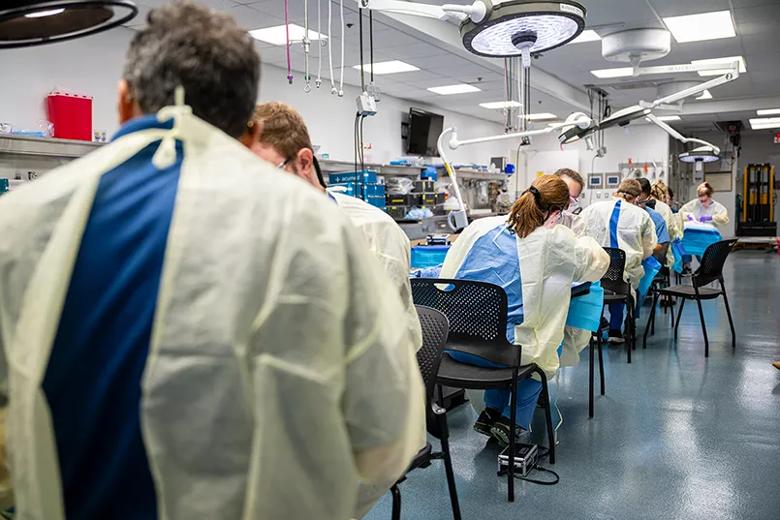

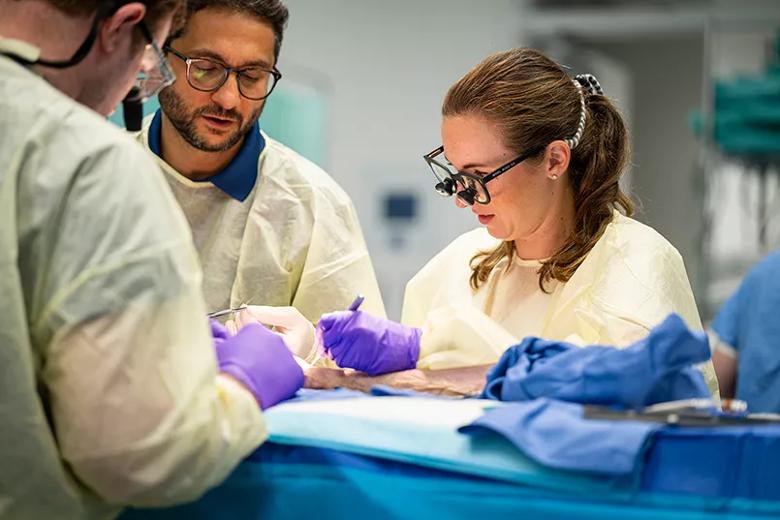
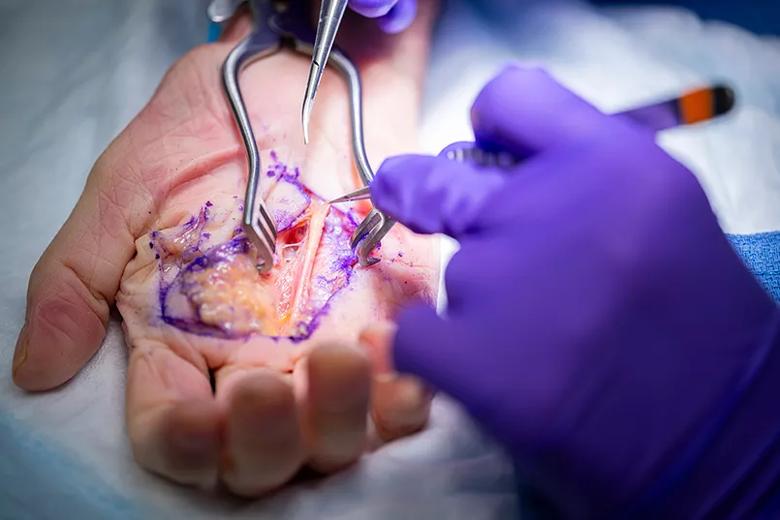
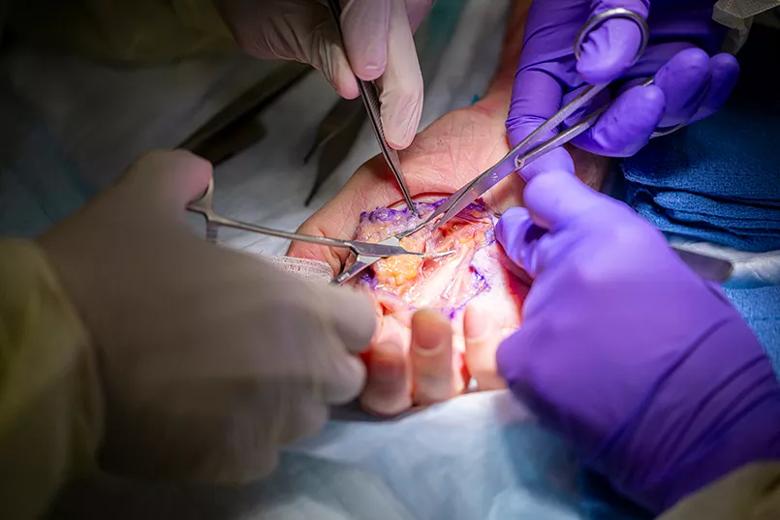
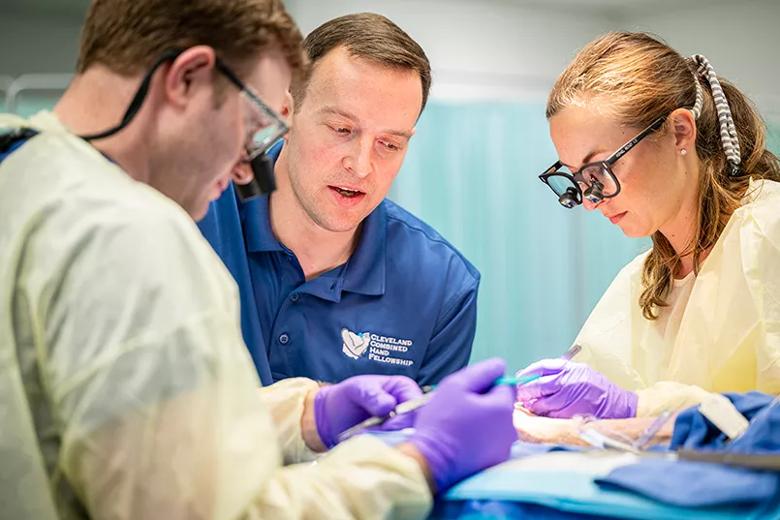
“According to surveys, attendees especially valued hearing the pits and pearls from faculty and immediately implementing their learning in the cadaver lab,” says Dr. Styron. “They appreciated the back-and-forth between classroom and lab throughout each day.”
Cleveland Clinic plans to repeat the boot camp for the next cohort of hand fellows next August.
“Attending the boot camp gives fellows a head start on their training,” says Dr. Styron. “It saves time from intraoperative instruction by allowing the fellows to practice critical procedures in the lab before being expected to perform them in the operating room.”
Advertisement
Advertisement

Why shifting away from delayed repairs in high-risk athletes could prevent long-term instability and improve outcomes

Multidisciplinary care can make arthroplasty a safe option even for patients with low ejection fraction

Percutaneous stabilization can increase mobility without disrupting cancer treatment

Study shows that postop function is closer to normal than with total hip arthroplasty

A tailored approach combining injections, therapy and preventive care is improving outcomes for patients with elbow OA

Exploring new tools and techniques to improve the diagnosis and treatment of concussions.

How year-round play and cold weather impact young throwers — and what can be done to protect them

Criteria include spinal curve less than 65 degrees, remaining skeletal growth